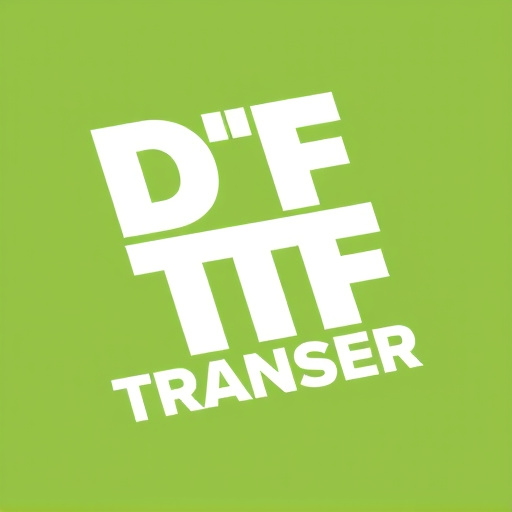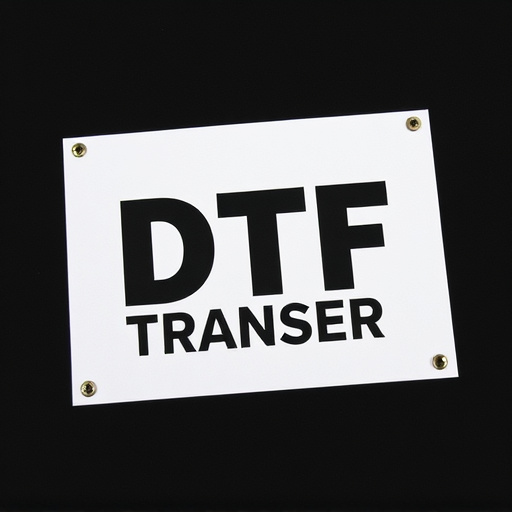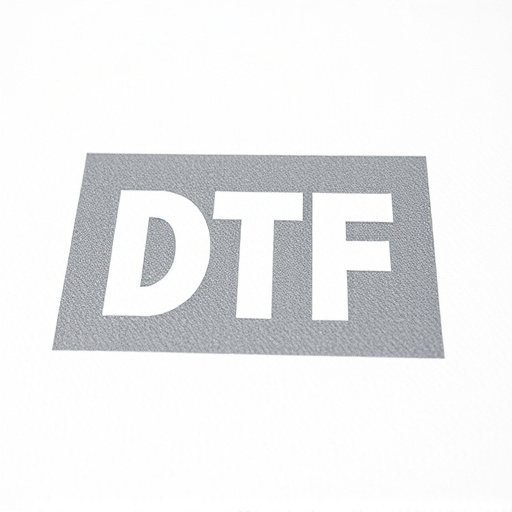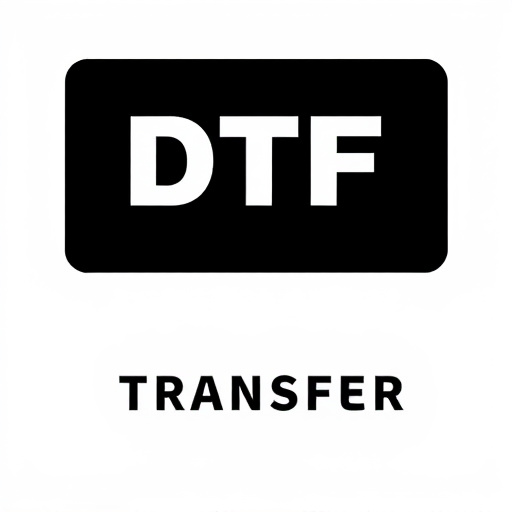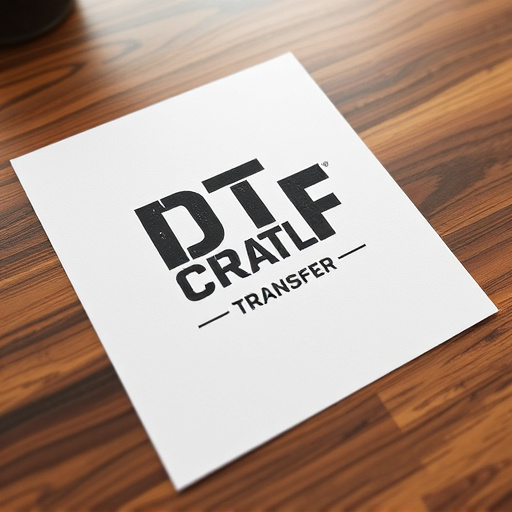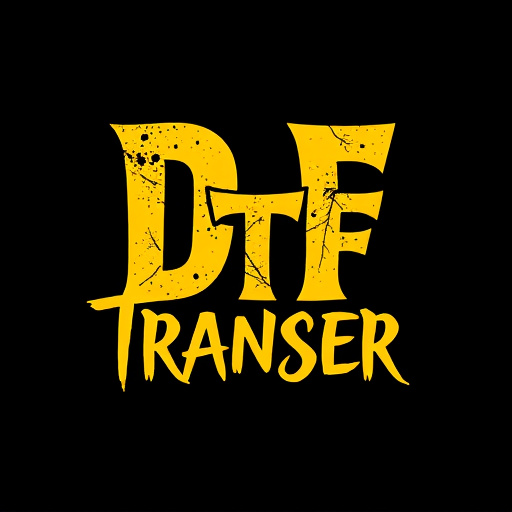Direct-to-film (DTF) transfers are revolutionizing printing with their innovative direct data-to-film transfer process. This technique yields high-quality prints that preserve digital art and photographs on film, ideal for archival quality and limited-edition artwork. Popular among artists, filmmakers, and photographers, DTF Printing eliminates traditional steps for faster production and enhanced efficiency. In the US, platforms like Printful and specialized companies offer advanced DTF printing services, catering to apparel design, home decor, and more, while the technology's future looks bright with ongoing advancements in image quality and material options.
Direct-to-film (DTF) transfers have emerged as a game-changer for film enthusiasts seeking high-quality, crisp prints. This innovative process allows for precise replication of films onto various media, revolutionizing home cinema experiences. In the United States, DTF printing services are gaining popularity among avid cinephiles and collectors. This article explores the ins and outs of DTF transfers, from understanding the technology to navigating popular US-based services, offering a comprehensive guide for those eager to enhance their film collection with stunning DTF prints.
- Understanding Direct-to-Film Transfers (DTF)
- The DTF Printing Process: A Step-by-Step Guide
- Benefits of DTF Transfer for Film Enthusiasts
- Popular DTF Services and Companies in the US
- High-Quality DTF Prints: Achieving Crystal-Clear Results
- Future of DTF: Trends and Innovations in the US Market
Understanding Direct-to-Film Transfers (DTF)

Direct-to-film transfers (DTF) is a cutting-edge printing technique revolutionizing the way we capture and reproduce images, especially in the United States. This innovative process involves transferring digital data directly onto film, enabling the creation of high-quality prints with exceptional detail and color accuracy. DTF offers a unique advantage over traditional printing methods by eliminating the need for intermediate files or plates, resulting in faster production times and enhanced efficiency.
With DTF, prints are generated using advanced printers that can precisely lay down layers of ink onto the film, creating intricate patterns and vibrant colors. This technology is particularly popular among artists, filmmakers, and photographers who seek to preserve the integrity of their digital art and photographs on film. DTF Printing ensures that every detail, from subtle nuances in skin tones to complex architectural lines, is captured with remarkable precision, making it a preferred choice for creating archival-quality prints and limited-edition artwork.
The DTF Printing Process: A Step-by-Step Guide
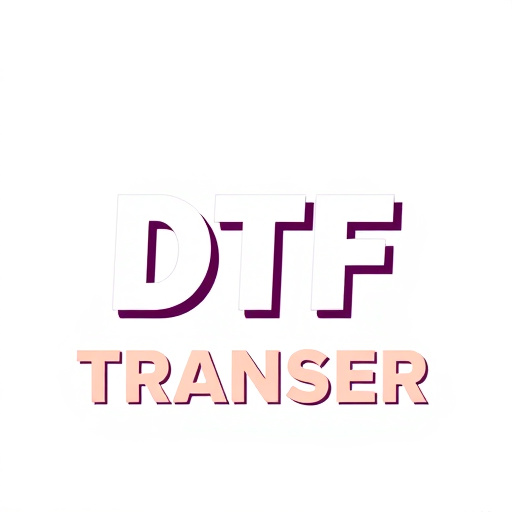
The Direct-to-Film (DTF) transfer process involves a precise, multi-step technique to create high-quality prints. It begins with the preparation of the printing plate, where a film negative of the desired image is placed on a glass plate and coated with a light-sensitive emulsion. This plate is then exposed to UV light through the negative, hardening the emulsion and creating a positive mask.
Next, the masked plate is carefully positioned over a substrate, typically a t-shirt or other fabric, and a solvent ink is applied. The ink permeates the unhardened areas of the emulsion, transferring the image onto the substrate below. After the ink transfer, the remaining emulsion is removed, leaving behind the desired design. This process ensures vibrant colors, crisp lines, and accurate detail in each DTF print.
Benefits of DTF Transfer for Film Enthusiasts
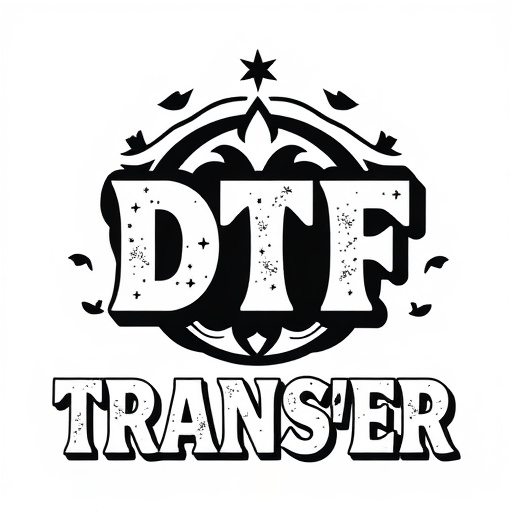
Direct-to-film (DTF) transfers offer a unique and compelling option for film enthusiasts seeking high-quality prints. One of the primary benefits is the ability to reproduce the cinematic experience at home, allowing viewers to immerse themselves in the film’s visual and auditory aspects as intended by the filmmakers. DTF Printing ensures that every detail, from subtle color nuances to fine texture, is captured accurately on each print.
Additionally, DTF Transfer technology simplifies the process of creating archival-quality films. It eliminates the need for complex mastering and pressing equipment typically required in traditional film production. This accessibility enables independent filmmakers, collectors, and enthusiasts to reproduce their favorite films or create personalized prints, fostering a deeper appreciation for cinematic art and promoting the preservation of movie memorabilia.
Popular DTF Services and Companies in the US

In the United States, direct-to-film (DTF) transfers have gained significant popularity among artists, businesses, and enthusiasts alike. Several companies now offer top-notch DTF printing services, catering to diverse needs from custom art prints to promotional materials. Standout DTF service providers like Printful, Gooten, and Printify have made it easier for designers and small businesses to create high-quality prints on demand. These platforms allow users to upload their designs, choose from a variety of products, and seamlessly manage orders, all while enjoying the convenience of direct-to-film printing technology.
Additionally, specialized DTF transfer companies like E-Transfers and DTF Transfers USA have carved out their niche in this burgeoning market. These firms offer advanced printing techniques, ensuring precise color reproduction and crisp detail in each DTF print. They cater to a wide range of products, from clothing and accessories to home decor items, enabling customers to bring their creative visions to life with ease. With such a robust ecosystem of DTF transfer services available domestically, the possibilities for showcasing artistic talent and commercial branding are virtually limitless.
High-Quality DTF Prints: Achieving Crystal-Clear Results
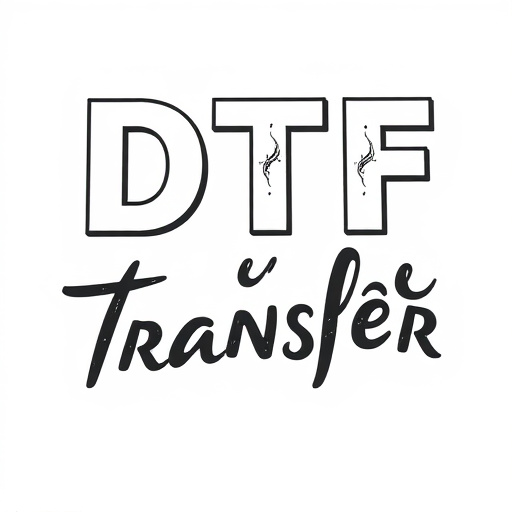
Direct-to-film (DTF) transfers in the United States have seen a surge in popularity due to their ability to produce high-quality prints that rival traditional film printing methods. The DTF process involves transferring ink directly onto a clear film, which is then pressed against the final print medium—be it fabric, paper, or plastic—to create a crisp, vibrant image. This innovative technique offers several advantages, including exceptional detail retention and a wide range of color accuracy.
The result is crystal-clear DTF prints with vivid colors and sharp contrasts. This technology has revolutionized various industries, from apparel design to signage production, by enabling the creation of eye-catching, durable products. With advancements in printing technology, achieving consistently high-quality DTF prints has become more accessible, making it an attractive option for businesses and individuals seeking top-notch visual solutions.
Future of DTF: Trends and Innovations in the US Market
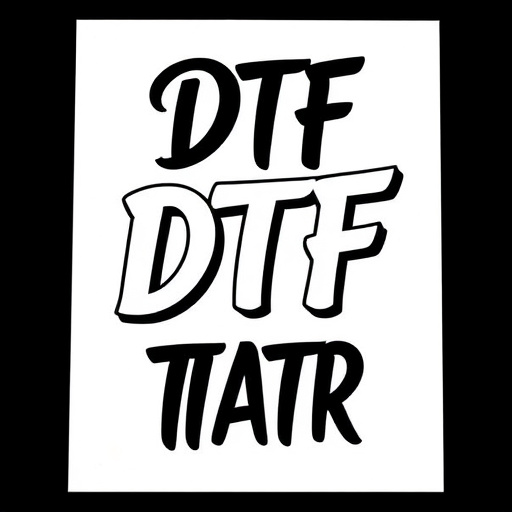
The future of Direct-to-Film (DTF) transfers in the United States looks promising with several emerging trends and innovations that are shaping the market. One prominent trend is the increasing demand for high-quality, personalized prints, driven by the rise of customizable merchandise and on-demand printing services. DTF Printing technology is meeting this demand by offering exceptional image quality and a wide range of material options, from vinyl to fabric. This allows businesses and individuals alike to create unique designs with intricate details, making each print stand out.
Additionally, advancements in DTF Transfer techniques are pushing the boundaries of what’s possible. New printing methods are faster, more efficient, and eco-friendly, reducing production time and waste. The integration of digital technologies, such as AI and automation, is also streamlining the process, enabling more precise color matching and consistent print quality. These innovations not only enhance the capabilities of DTF Printing but also make it a more sustainable and accessible option for various applications, from apparel to signage.






